
Contents





“Most Remarkable Rebellion”





Historic Anniversary · Written by Jeon Han and Yoon Sojung Photo courtesy of Hannam University Illustrated by Manus Eugene
Covering the World’s
“Most Remarkable Rebellion”
William A. Linton
“The most remarkable rebellion in the history of the world.”
This was the description of Korea’s March First Independence Movement
in May 1919 by William Alderman Linton (1891-1960) as quoted by The Atlanta Journal.
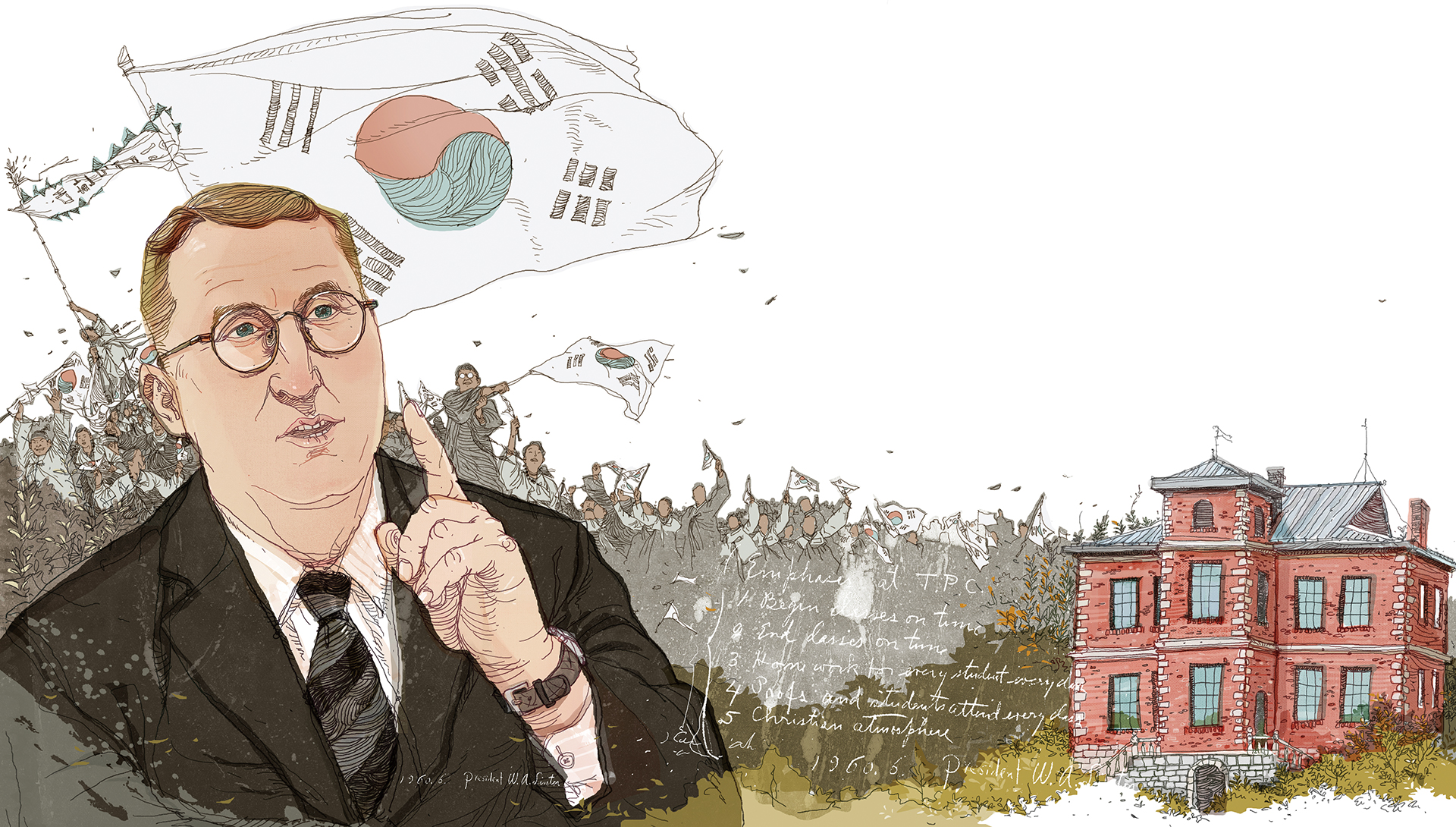
A first-hand account of the most remarkable rebellion in the history of the world has been brought to Atlanta by William A. Linton, a young Georgian attending the convention of Presbyterian laymen as one of the Korean field workers,” The Atlanta Journal said in May 1919.
“Korea’s fate depends upon the allied nations.”
Calling the movement “a revolt without violence,” the education missionary said, “On March 1 great throngs of men, women, and children in Seoul, the national capital, a city of 300,000 inhabitants, and in other parts of the country, paraded the streets.”
Linton was never content to remain a mere observer of modern Korean history. He sincerely cared about the country and reported to the world about the movement, dispatch of a Korean delegation to the Paris Peace Conference in January 1919 and Japan’s oppression of the Korean Peninsula.
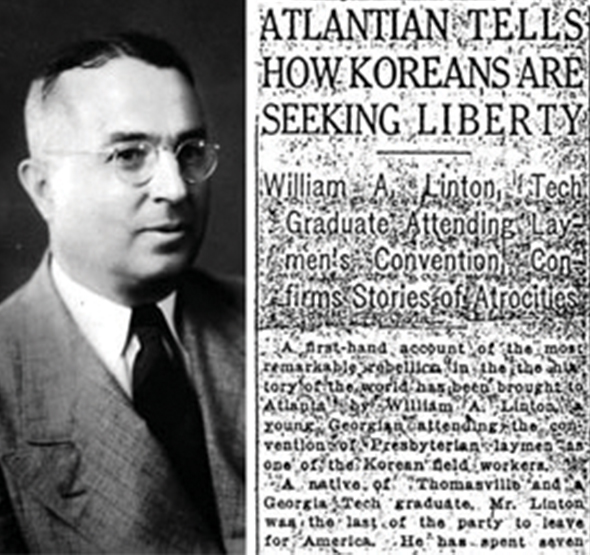
Leading Pro-Independence Efforts
As the principal of Yeongmyeong School in Okgu-gun County, Jeollabuk-do Province, he launched the independence movement in Gunsan on March 5, 1919, with his fellow teachers.
This historic record is written on the First March Independence Movement Monument in Gunsan, with the inscription saying, “The first independence movement began in February 1919, led mainly by Christian members and Christian missionary schools founded by the Southern Presbyterian Missionary, including teachers and students of Yeongmyeong School and Melbondin Girls’ School, workers of Gungmeol Jesus Hospital and members of Guam Presbyterian Church. The movement was later expanded as members of Catholic churches and Buddhist temples and other citizens joined.”
“The movement, which began on March 5 on Guam Hill, which later became Guam Historic Park in Gunsan, persisted on 28 occasions with a combined 30,700 attendees, resulting in 53 deaths, 72 missing and 195 wounded.”
While serving as the principal of Shinheung High School in Jeonju in December 1936, Linton closed the school in protest of the Japanese colonial government’s order for the school to participate in Shinto shrine worship, which he rejected.
Other schools in the region, including Speer Girls’ High School and Yeongmyeong School in Gunsan and Soongil School in Gwangju, followed suit to protest continued oppression by Japanese authorities.
In October 1940, the U.S. consul in Seoul ordered American missionaries out of Korea. A month later on Nov. 14, Linton and his family left the country, where he had spent 28 years after first arriving at Mokpo Port on Sept. 20, 1912.
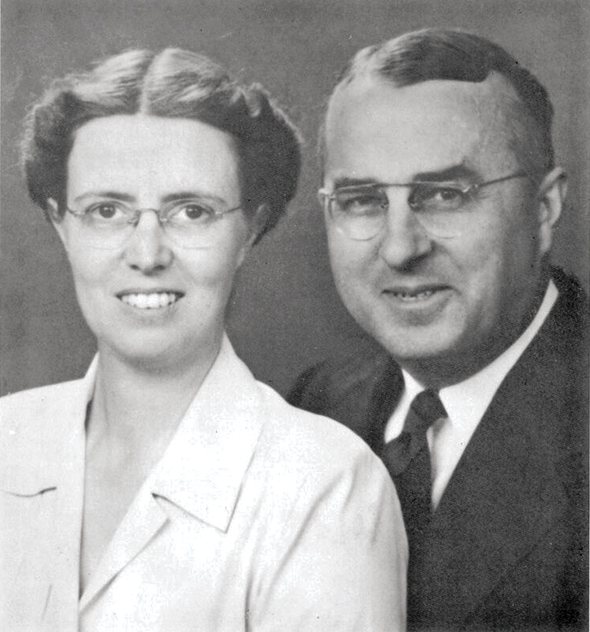
Mr. and Mrs. Linton came back to Korea shortly after Korea’s independence.
Dedication to Youth Education
Linton would return in 1946, a year after the country’s liberation, and dedicated his life to youth education until dying of cancer in 1960 at age 69. He spent 42 years in Korea to help it gain independence and develop schools there.
His descendants have carried on his work in Korea with a similar sense of purpose as Linton’s. His son Hugh (1926-84), who was born in Gunsan and adopted the Korean name In-hyu, fought in the Battle of Incheon during the 1950-53 Korean War.
Linton’s grandson Stephen (1950-), a former associate professor at Hanyang University in Seoul, is the founder and chairman of the Eugene Bell Foundation, which provides medical humanitarian aid to North Korea. His younger brother John (1959-), a physician who is director of the International Health Care Center at Severance Hospital in Seoul, also supports medical humanitarian aid to the North.
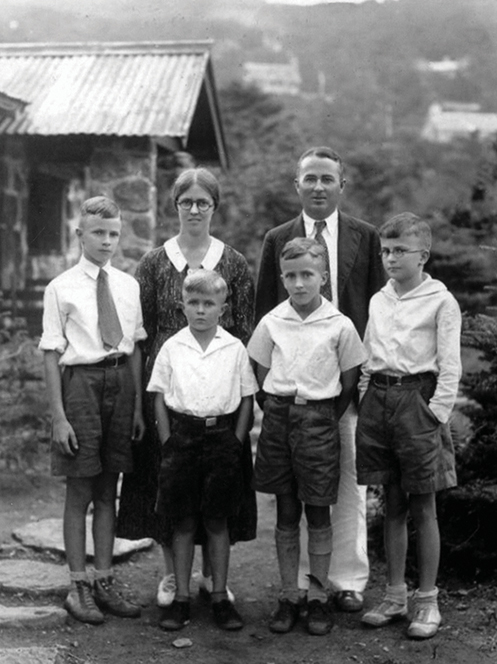 Linton family’s service for charity and education in Korea has continued for four generations.
Linton family’s service for charity and education in Korea has continued for four generations.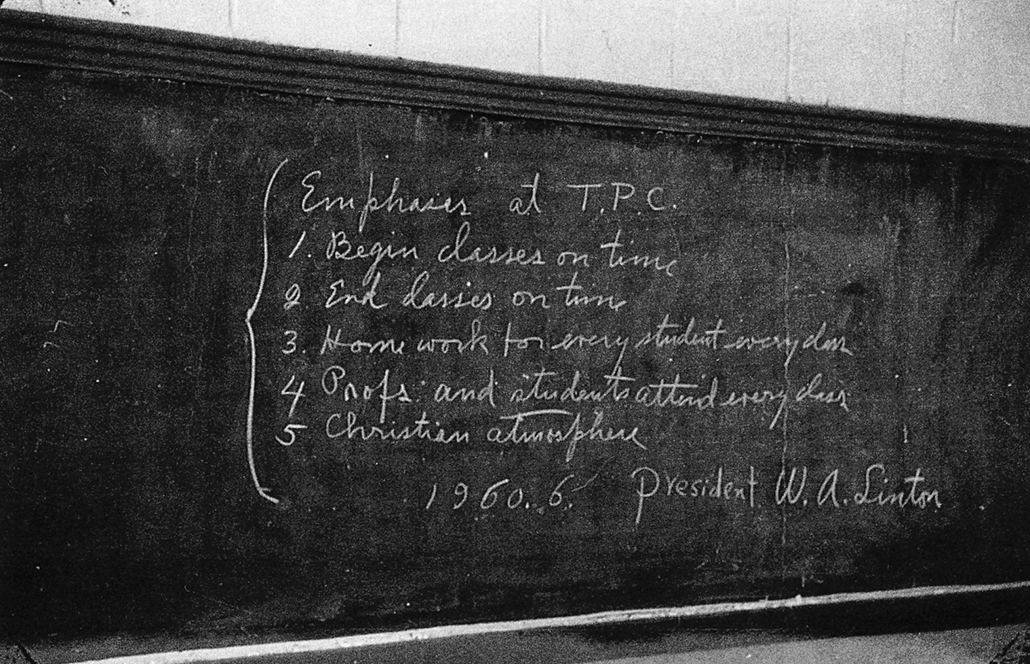 Linton’s last words of advice as the school’s principal are left on the chalkboard.
Linton’s last words of advice as the school’s principal are left on the chalkboard.Other Articles





“Most Remarkable Rebellion”










